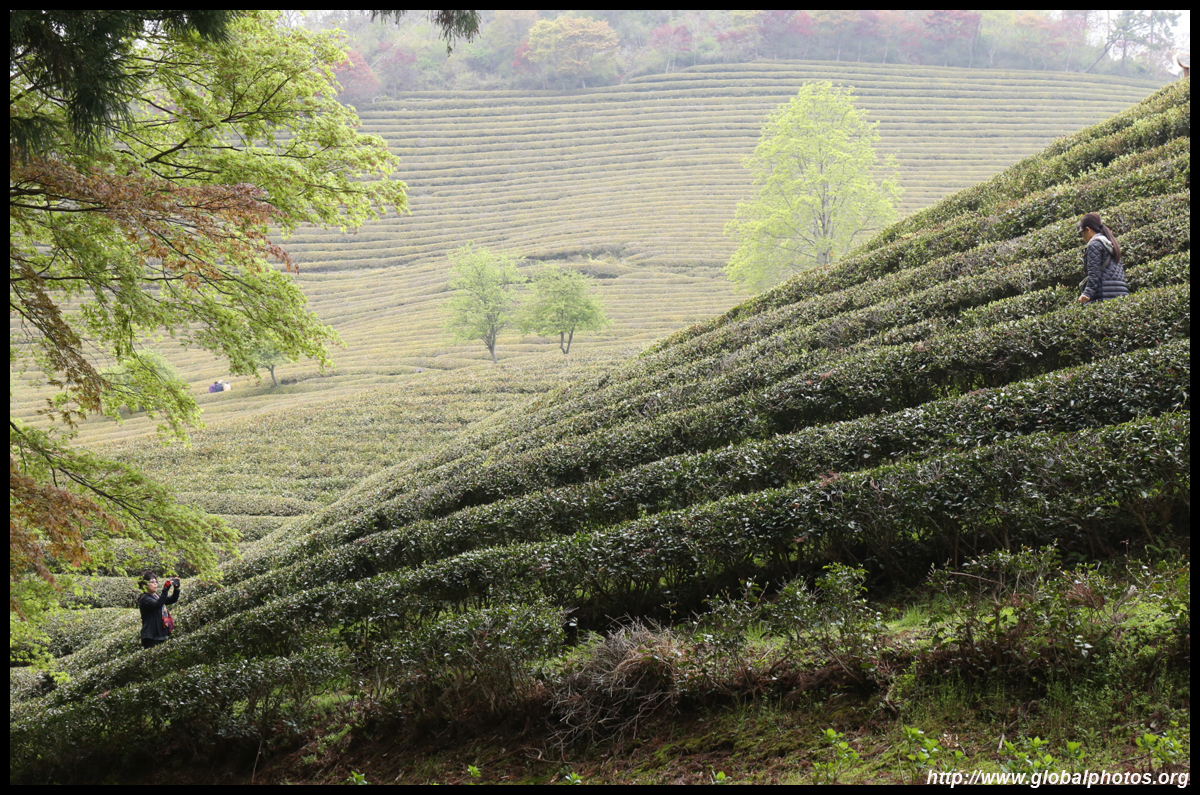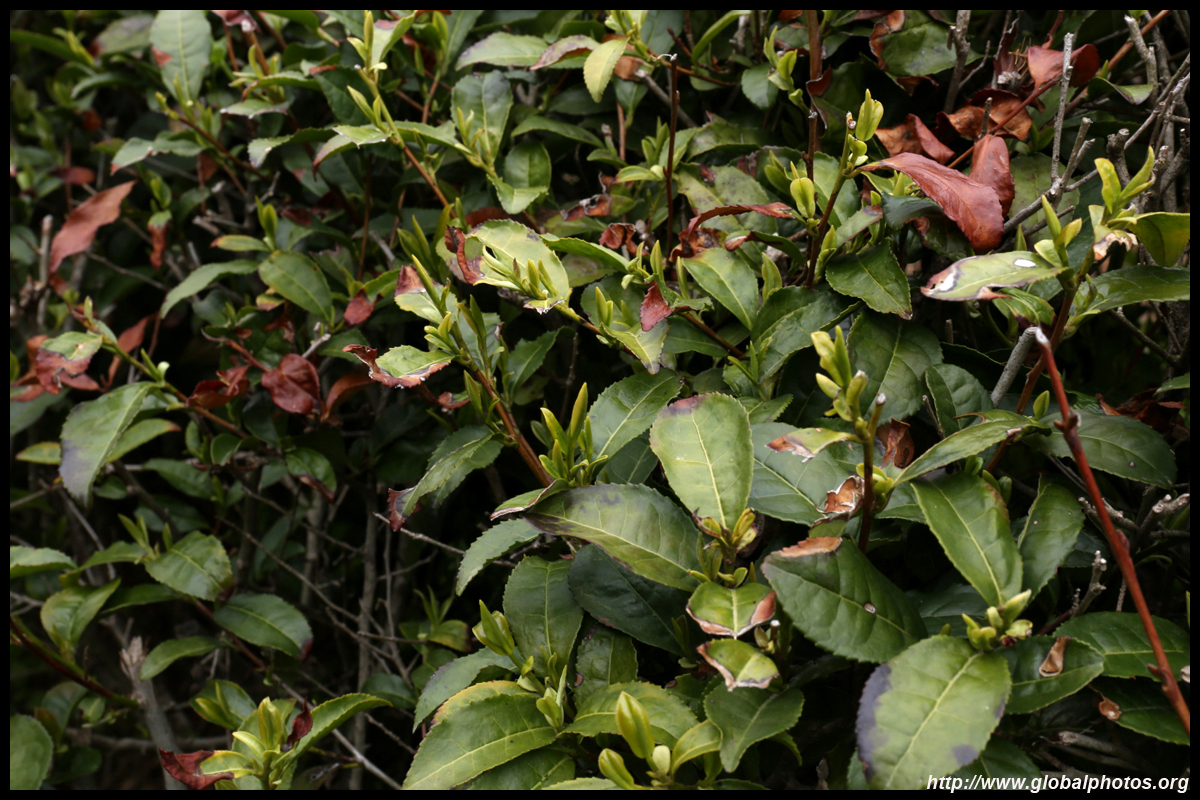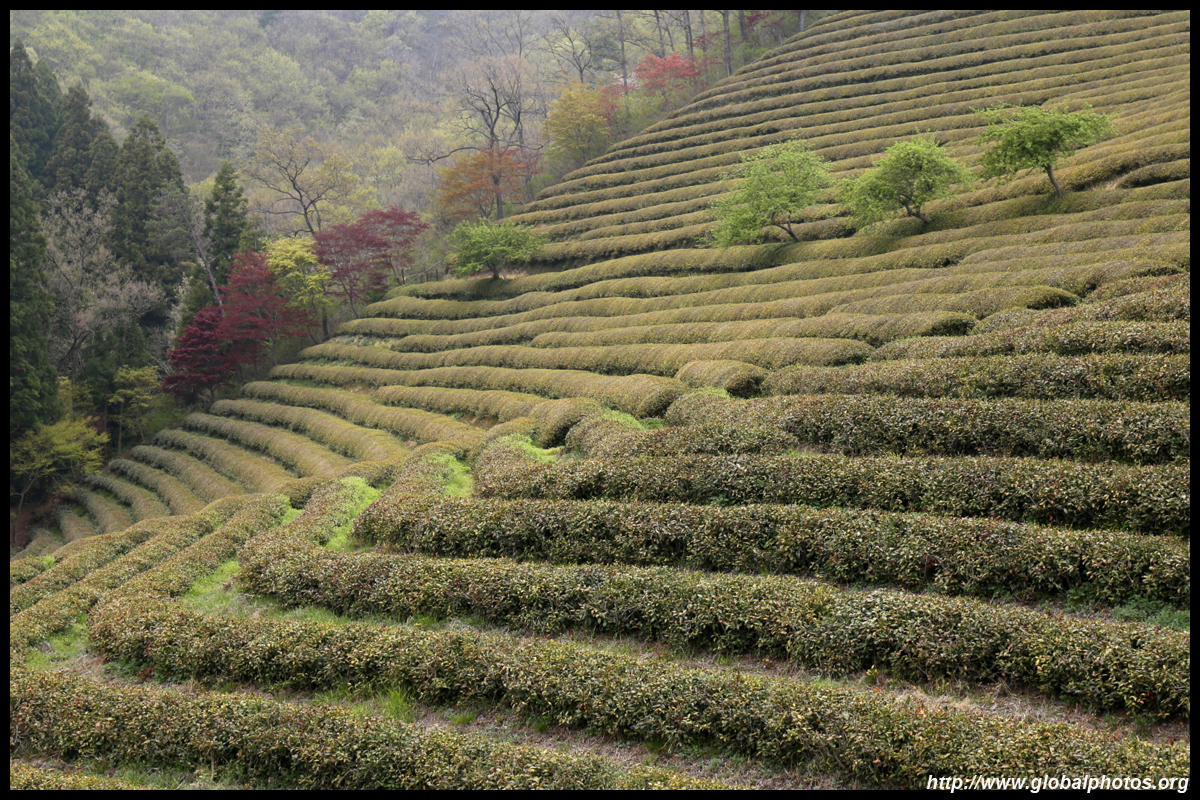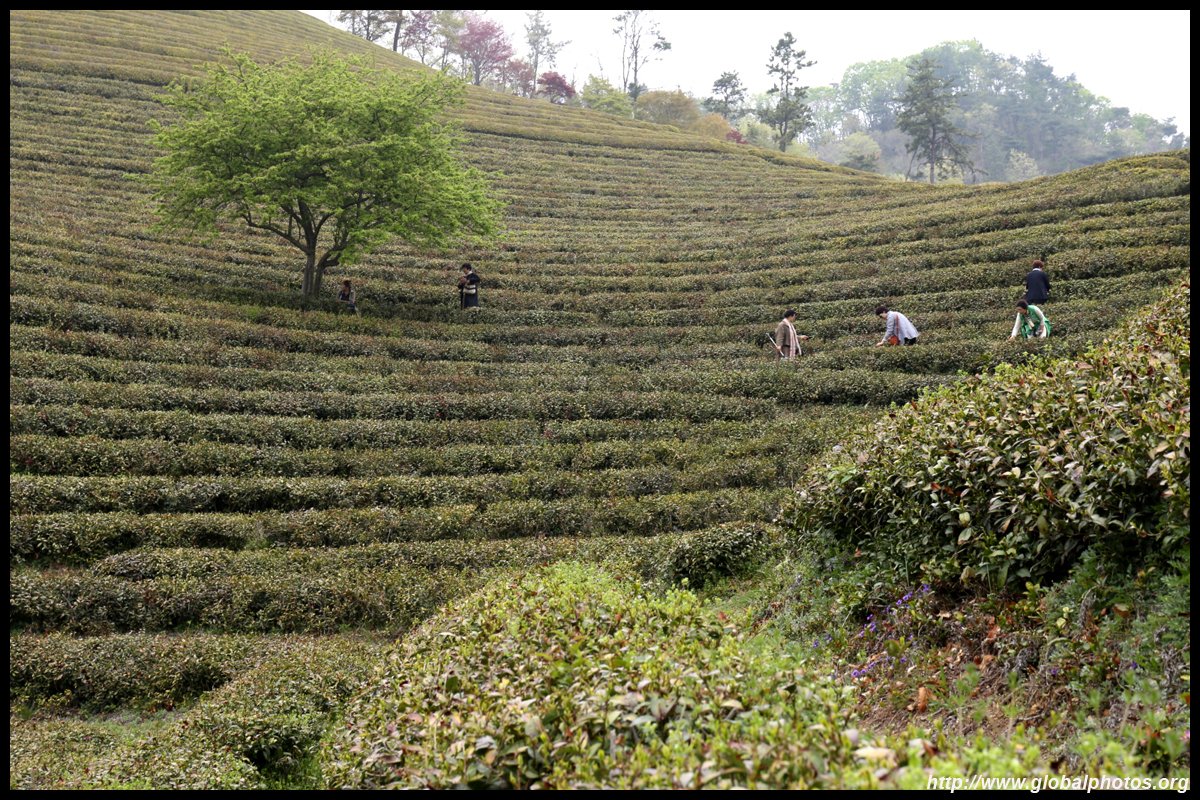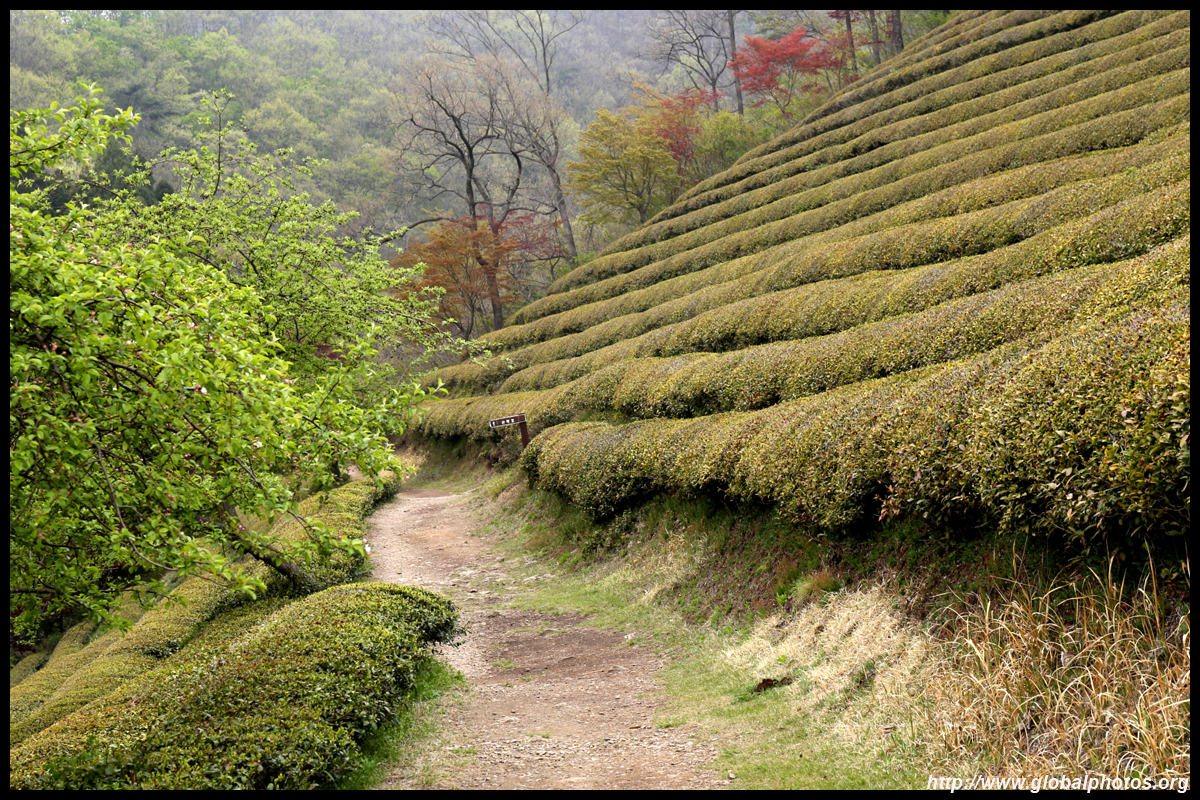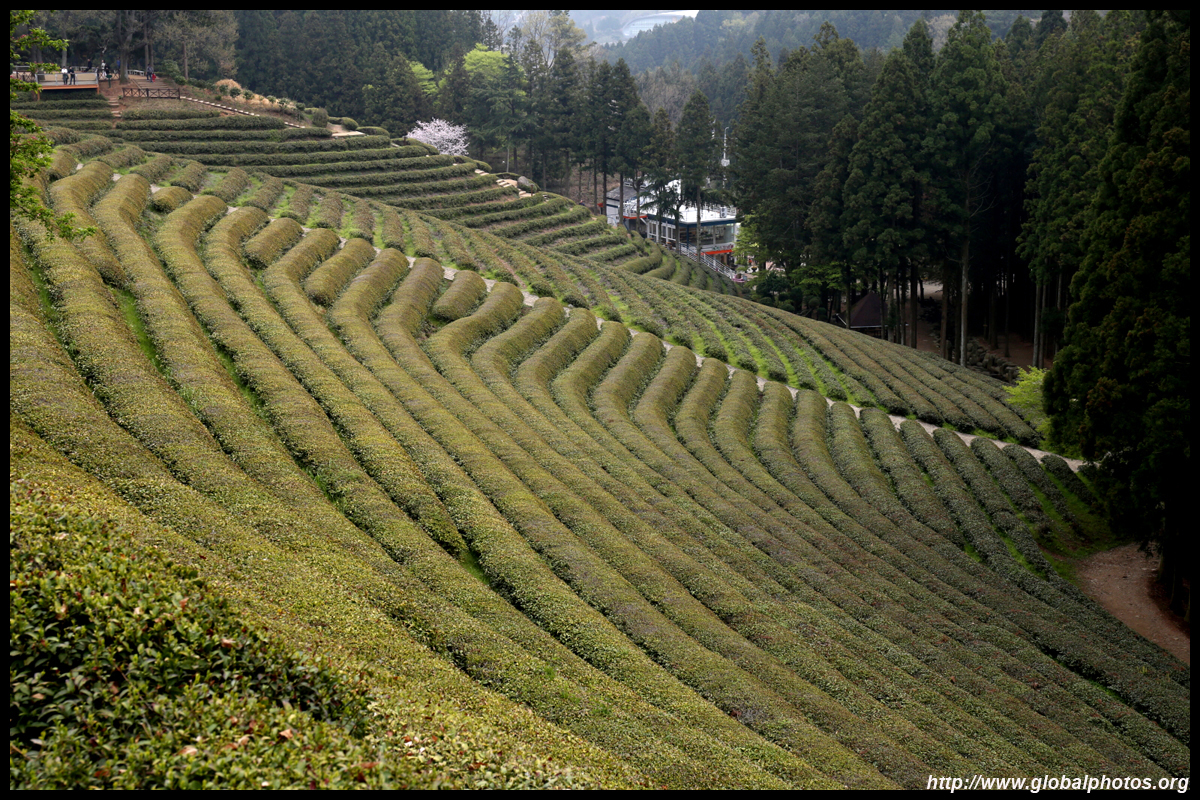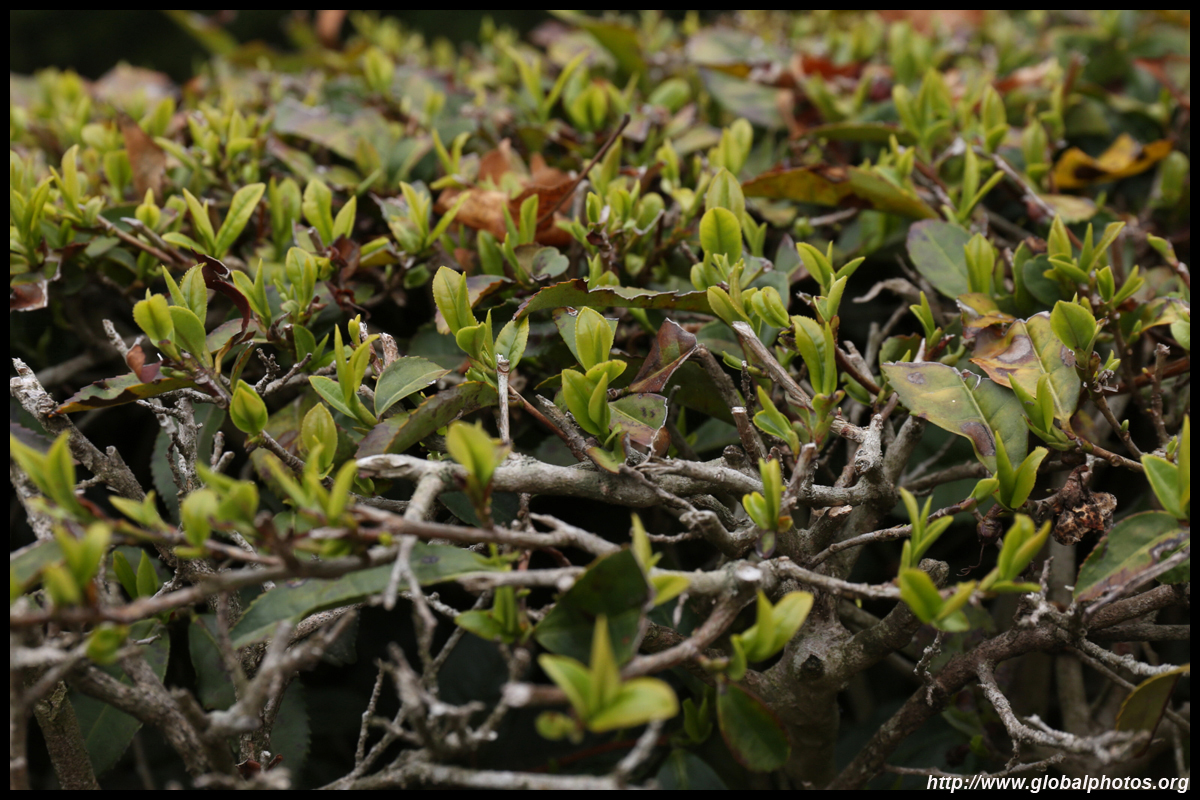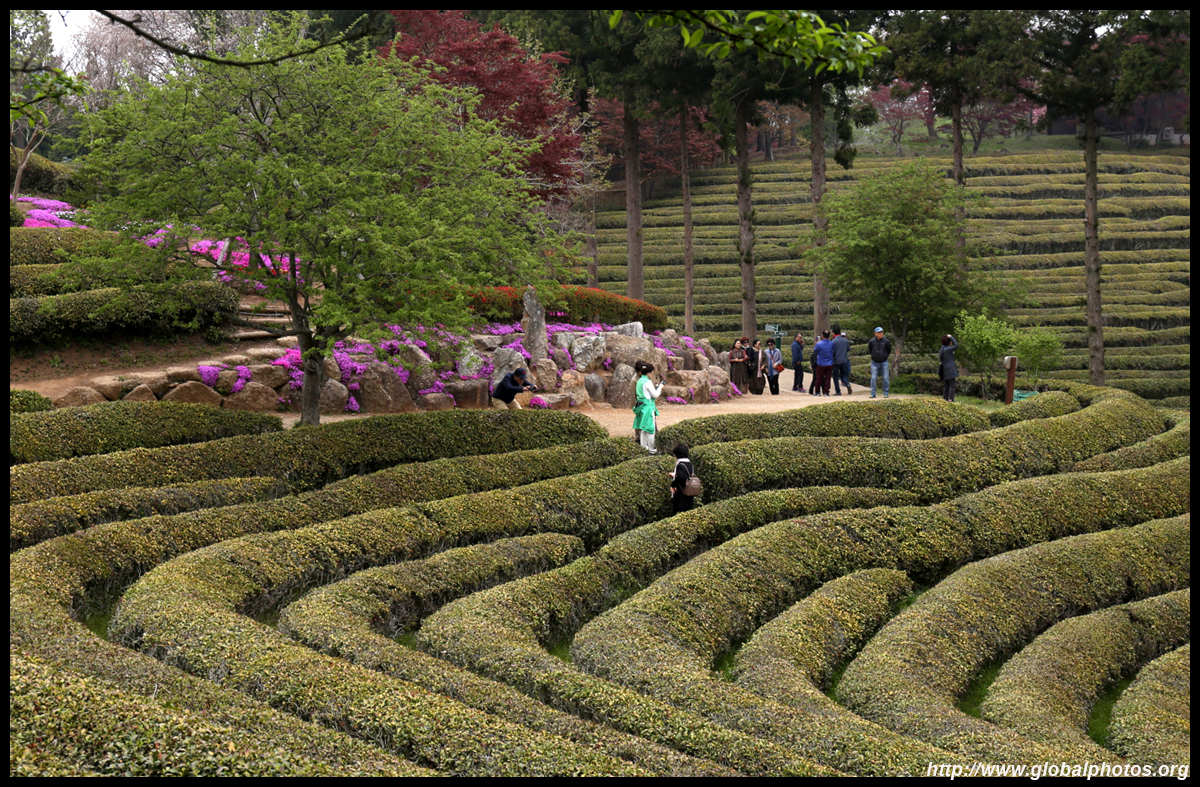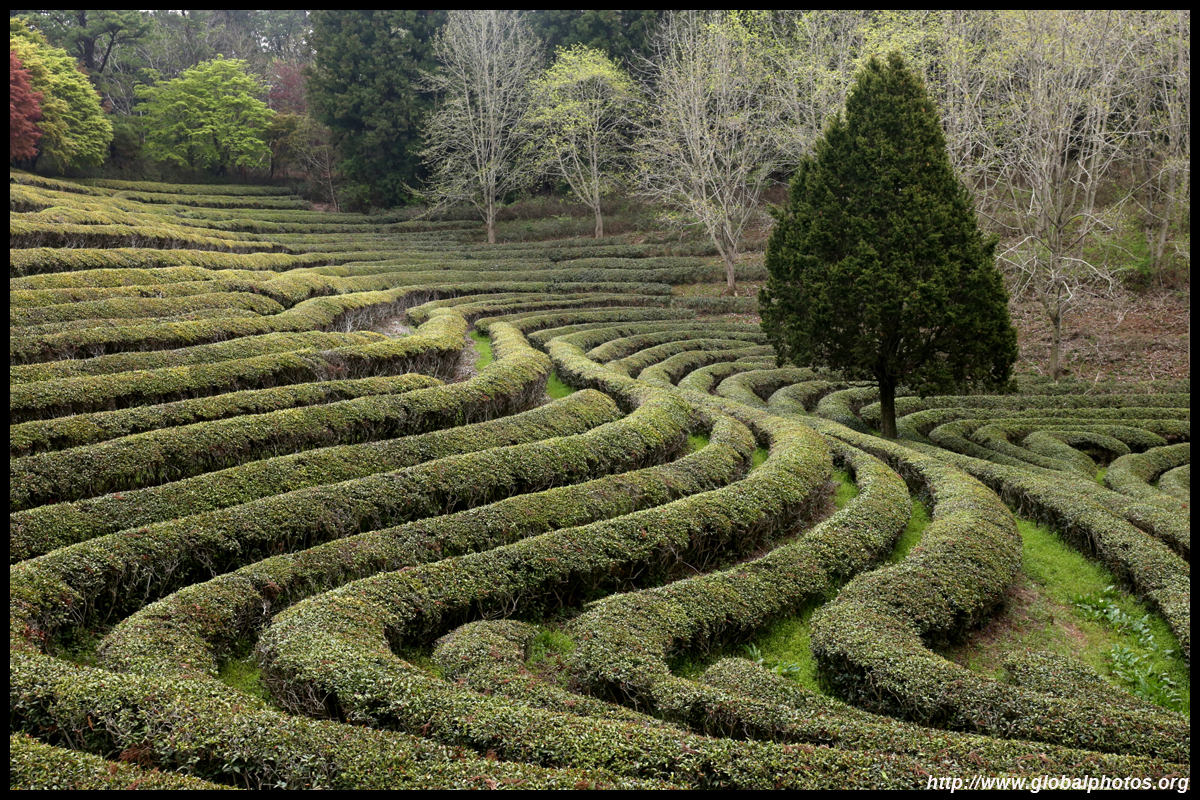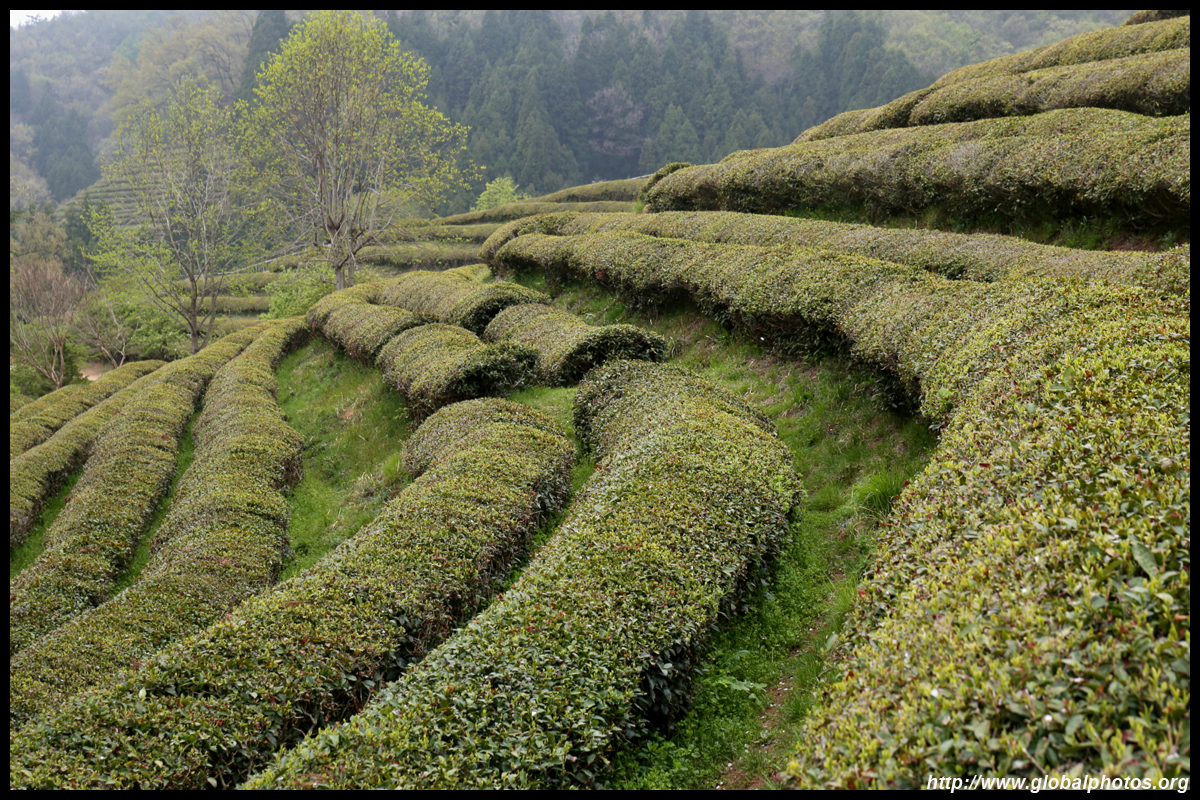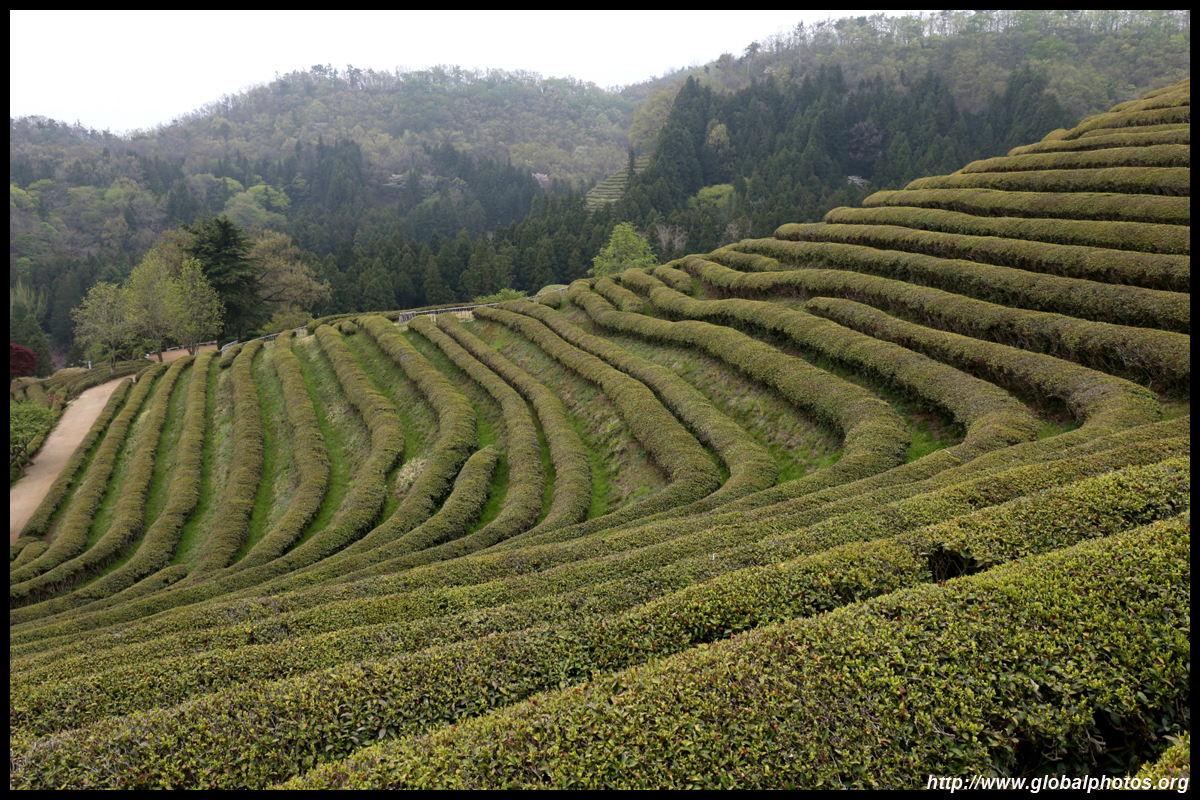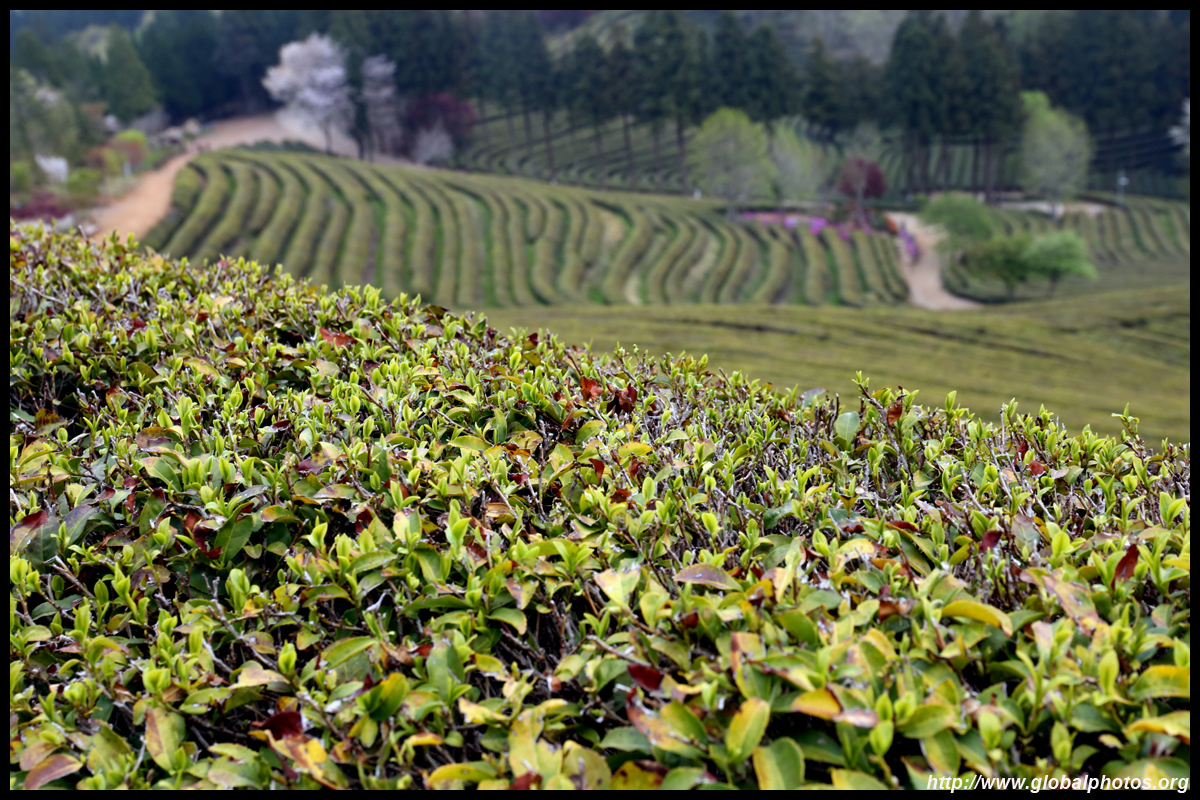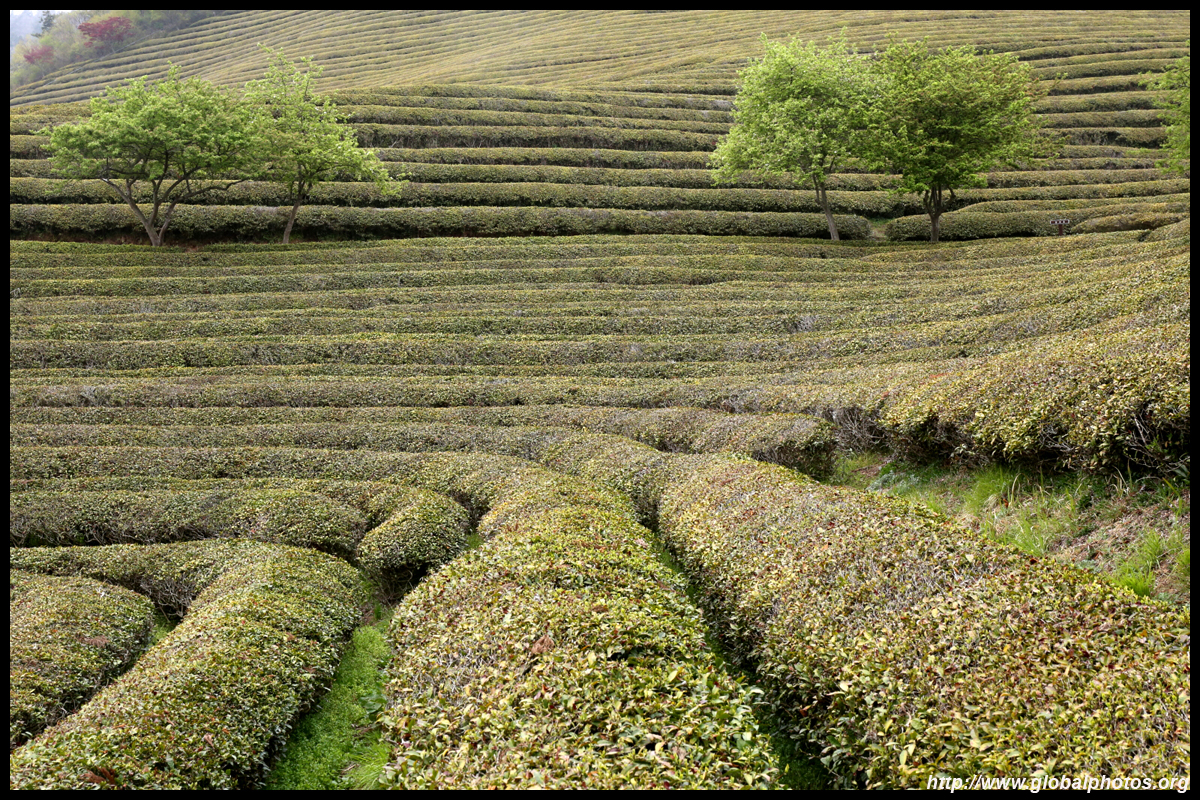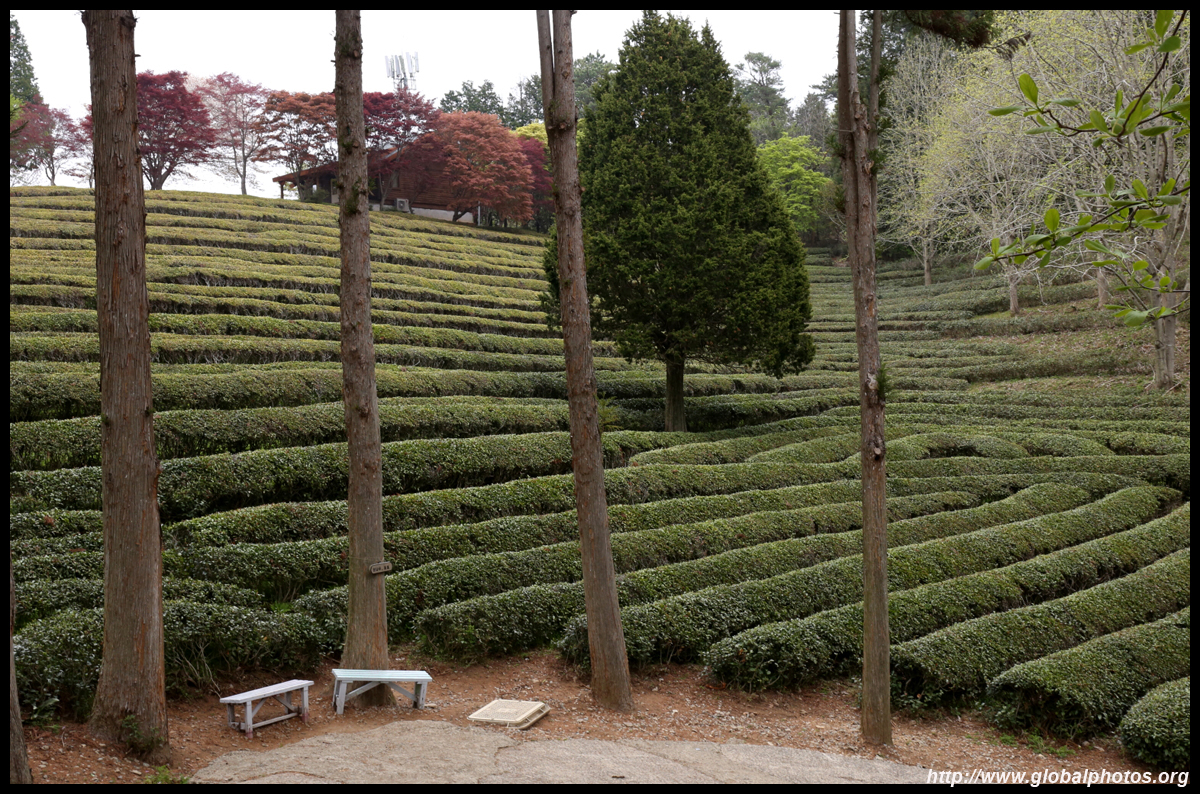Jeollanam-do Photo Gallery - Boseong

Boseong is famous for its green tea plantations in terraced, hilly settings. Daehan Dawon is the region's most famous plantation and is open to the public for a modest fee. Many Korean dramas have filmed here, with many signs pointing to where and when.Getting here for the non-Korean speakers can be a challenge. From Mokpo, intercity buses take 1.5 hours to reach the town of Boseong and its fairly rustic-looking bus station. While there are no ticket agents working here, the machines do have English options and take credit cards for your return journey.
When you get off the bus, look towards the left and recognize the characters for the green tea farm.
During colder times of the year, venture into the indoor section that also hs a basic heater.
Local bus schedules for the journey to/from the green tea farm are posted at the station. Take a photo of it to plan your return trip. The return journey is the time the bus departs Yulpo Beach, and will arrive at the green tea farm roughly 10 minutes later. You can pay local buses using the country's transport smart card.
About 20 minutes later, you will arrive in the middle of nowhere. There is a parking lot just off to the right of the bus shelter, and a small road ahead of you. That is the entrance to the farm. It will be another 10 minutes of walking past a few parking lots and green tea ice cream vendors to the ticket counter. 3000 won later, I entered the gate and walked down a long row of tall trees. They have maps available as there are several trails that you can take. Just head straight, then past the bathroom, and you will emerge at the foot of a few hills with terraced tea fields.
Head up the long staircase at the centre divide. You are allowed to go into the individual rows of tea trees for a closer view and more selfies. There are several observation areas along the way with seats to take a break.
At the top of the stairs and past the rest area, turn right and the path weaves around more hills and more terraces.
The path would then join another one that goes back downhill to the restaurant area where the staircase started. Head uphill instead and you will find another long staircase that will ascend up to the plantation's highest point.
The climbs are not arduous and the views are well worth the journey. The plantation is quite well-manicured for tourists.
Back downhill, you deserve a lunch with green tea elements at the restaurant, which has English on the menu.
Not all paths around these hills are easy to use, the leftmost path is the less scenic and also more rough. It leads up to a small waterfalls but the flow was abysmal in the early spring.
Tracing your way back to the bus stop, and enjoying a green tea ice cream along the way, the return journey would depart from across the other side of the underpass. Luckily, there is an English sign leading you under the highway.
The bus stop is just across the street after the underpass.
The bus stop also has the schedule posted, but you would have had taken a photo of it at the bus station already.
Back at the main bus station, I patiently waited for the intercity bus back to Mokpo. Boseong is the largest tea-producing region in the country and is an easy day trip from either Mokpo or Gwangju.
| |||







